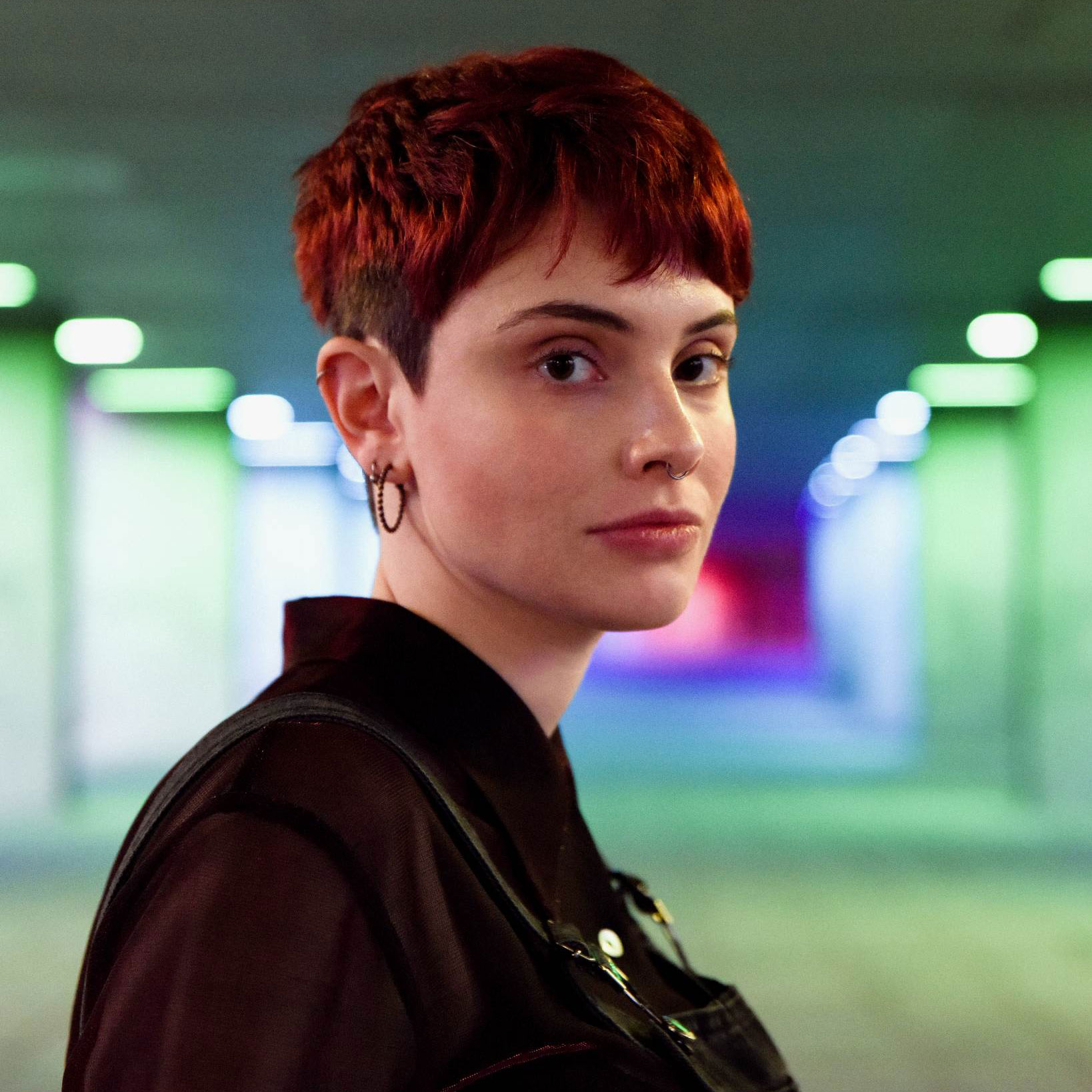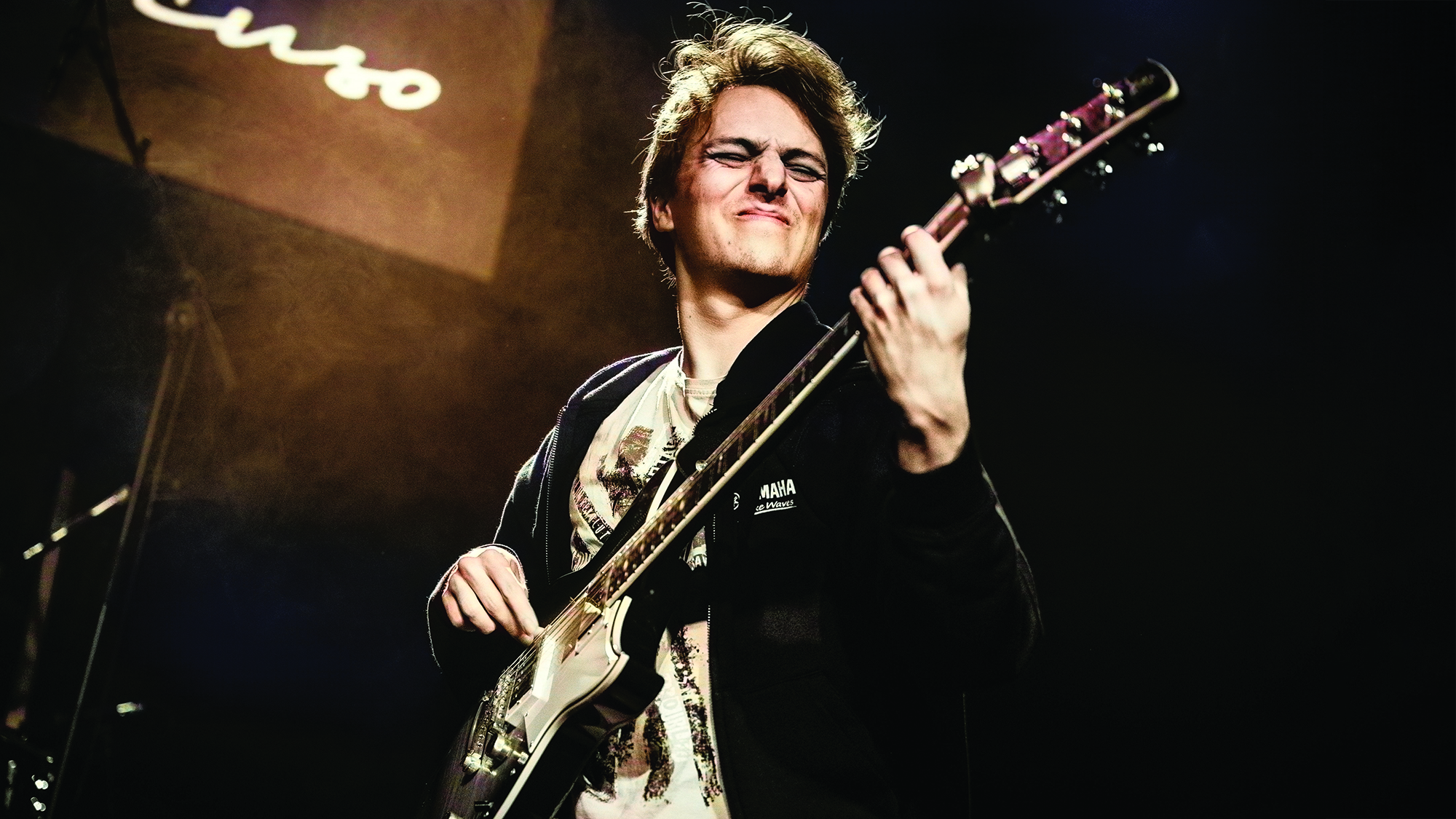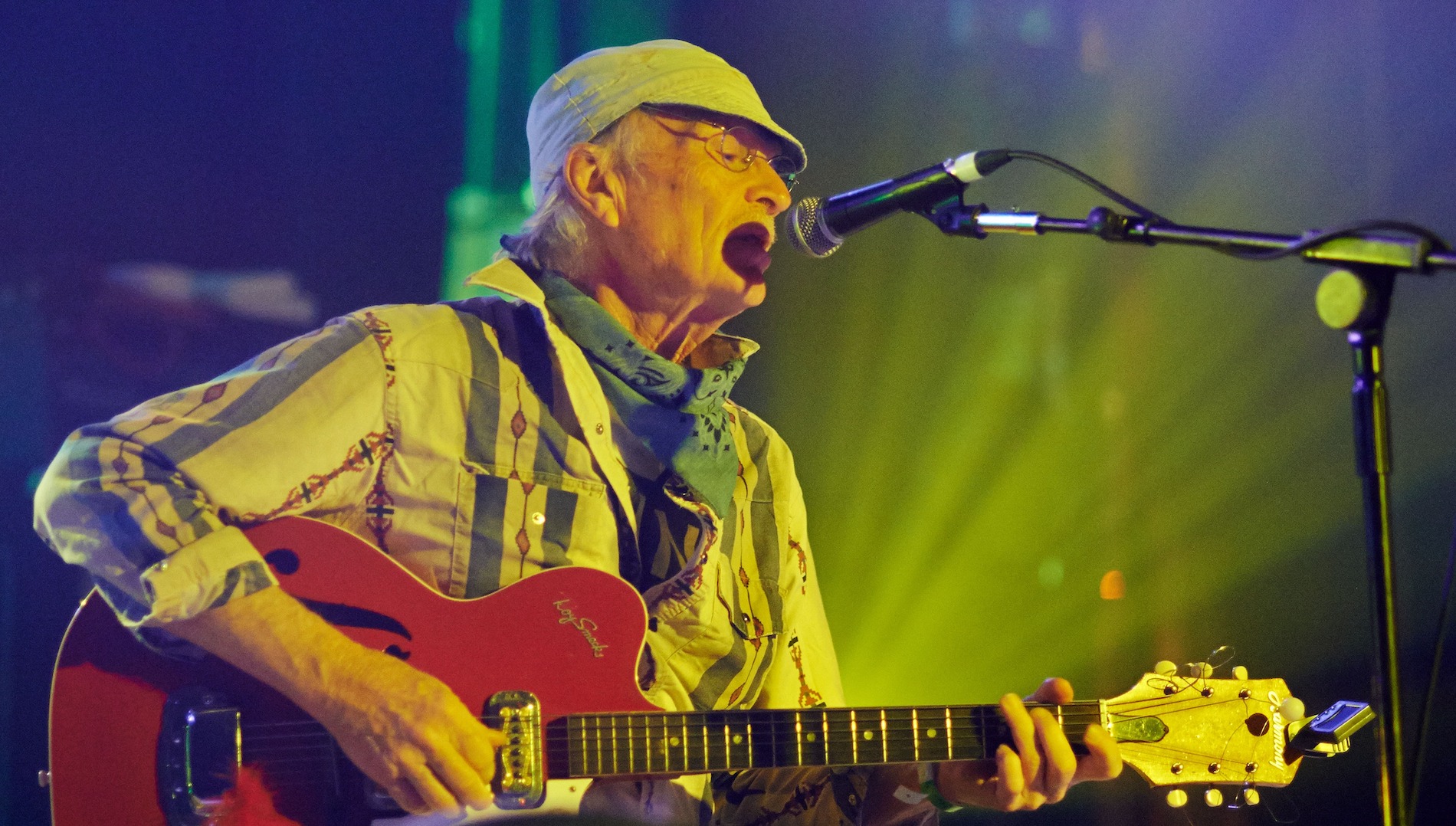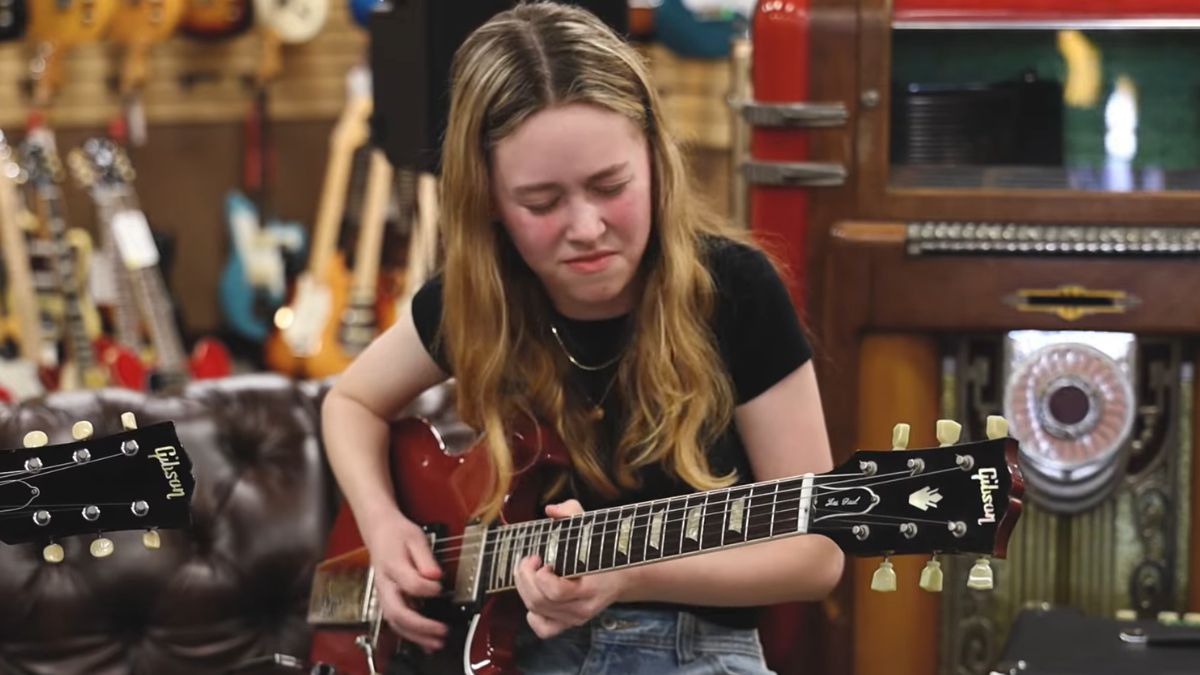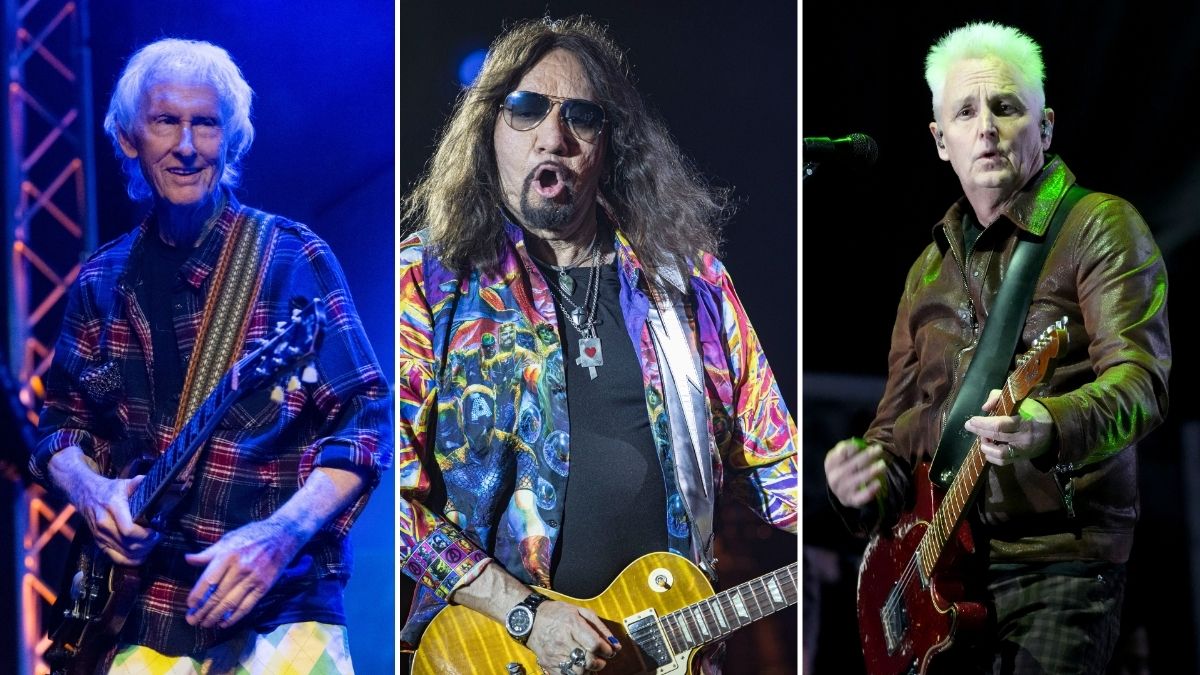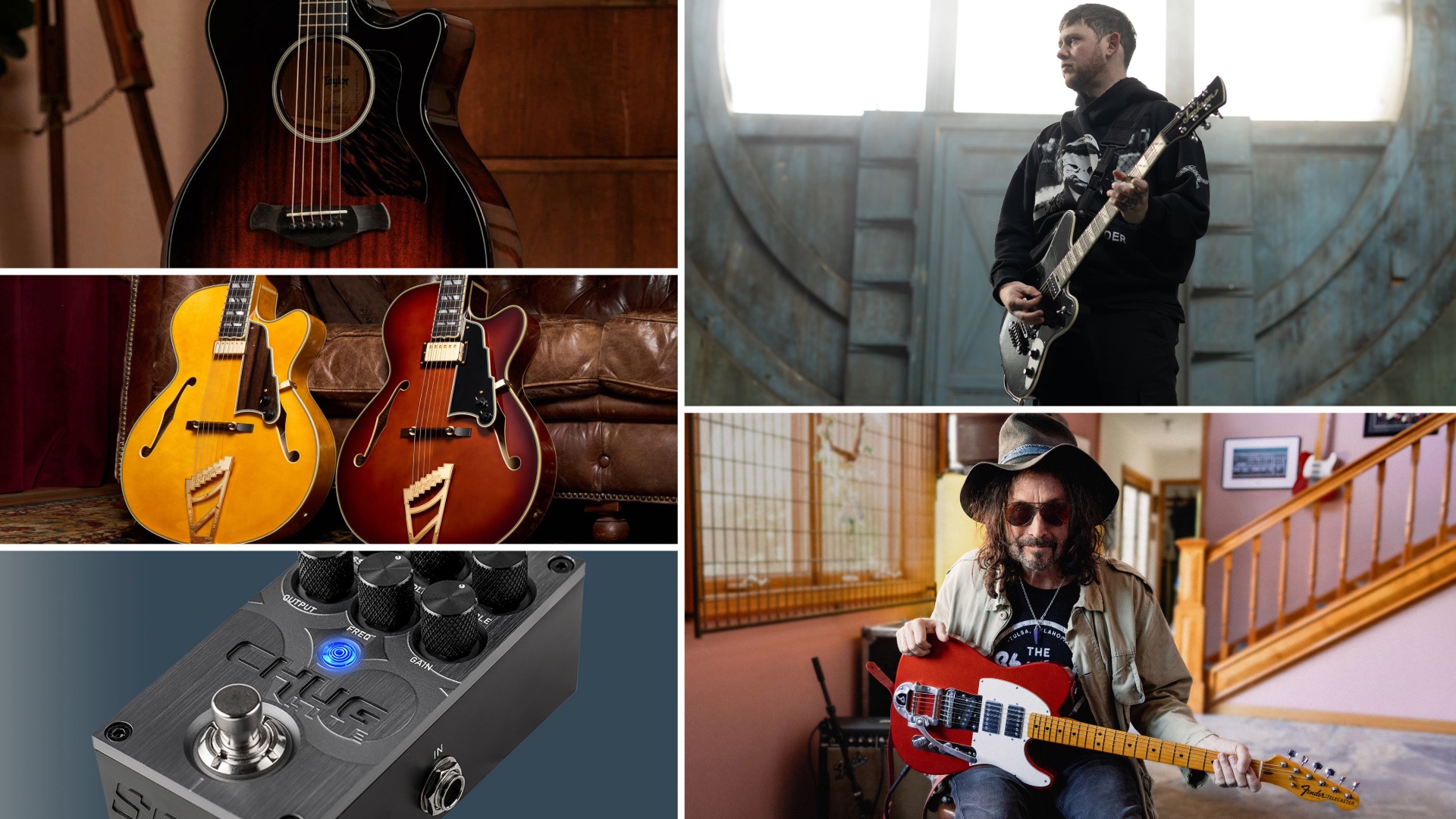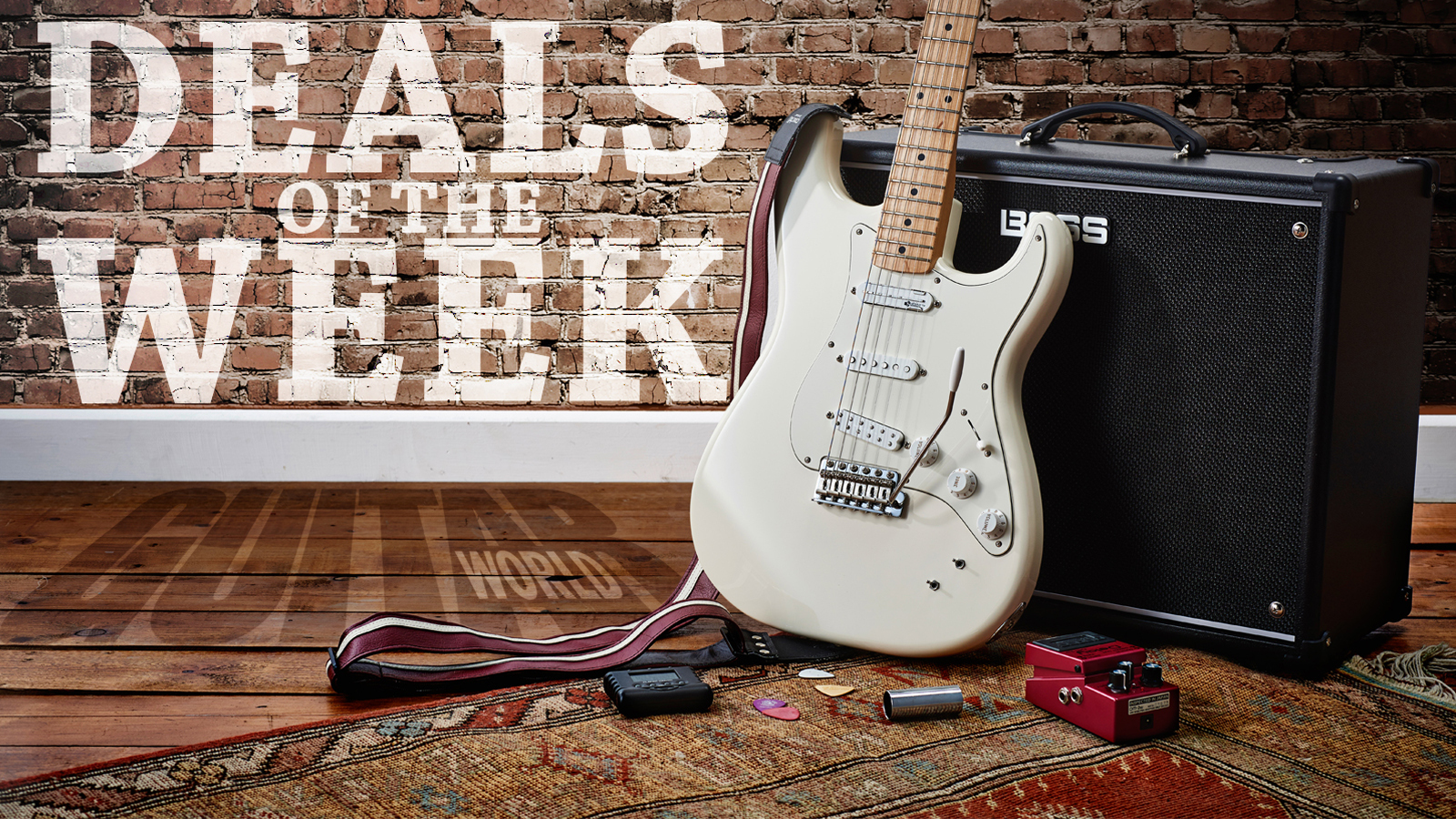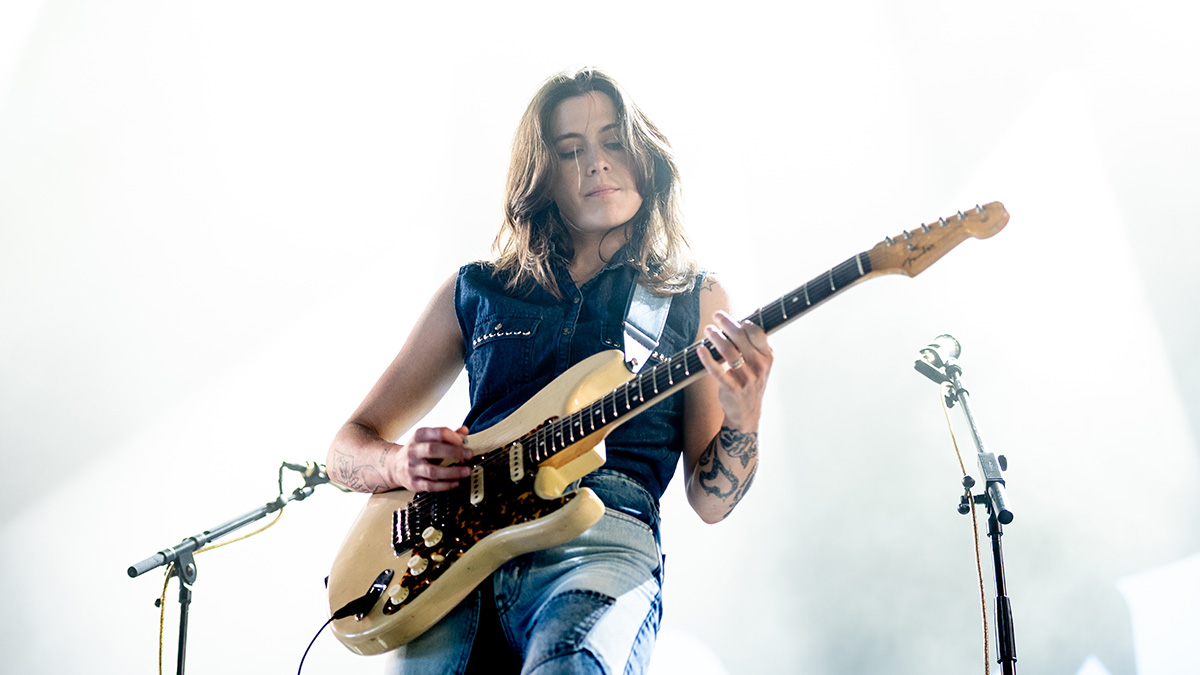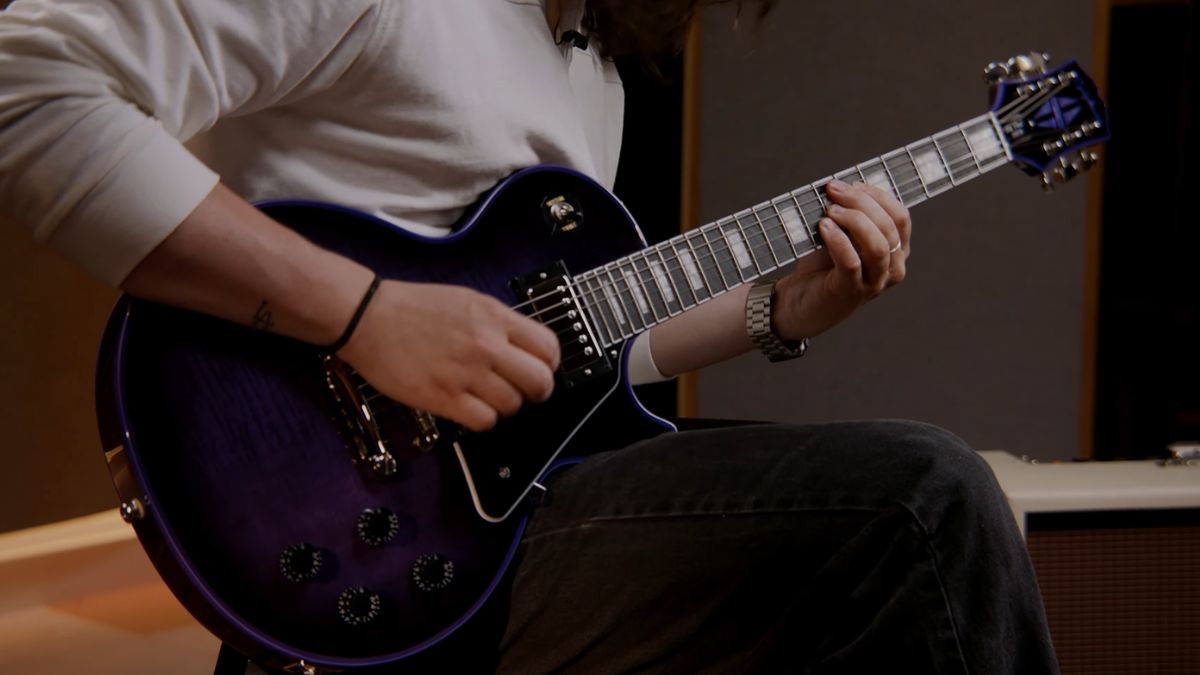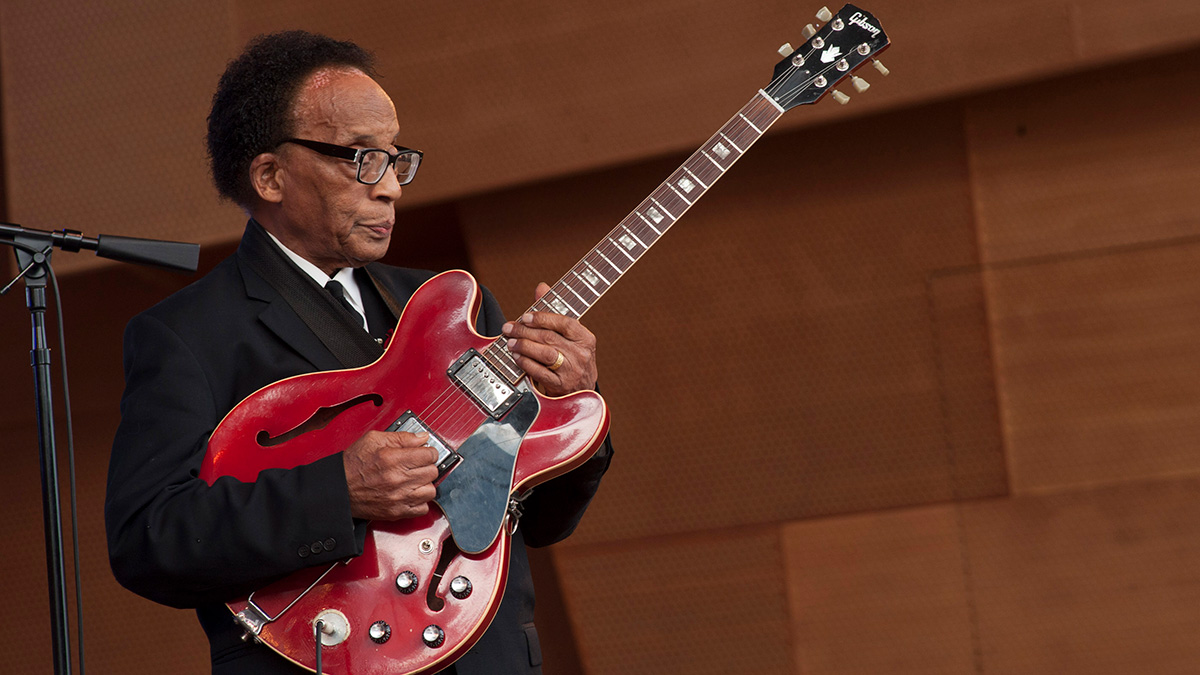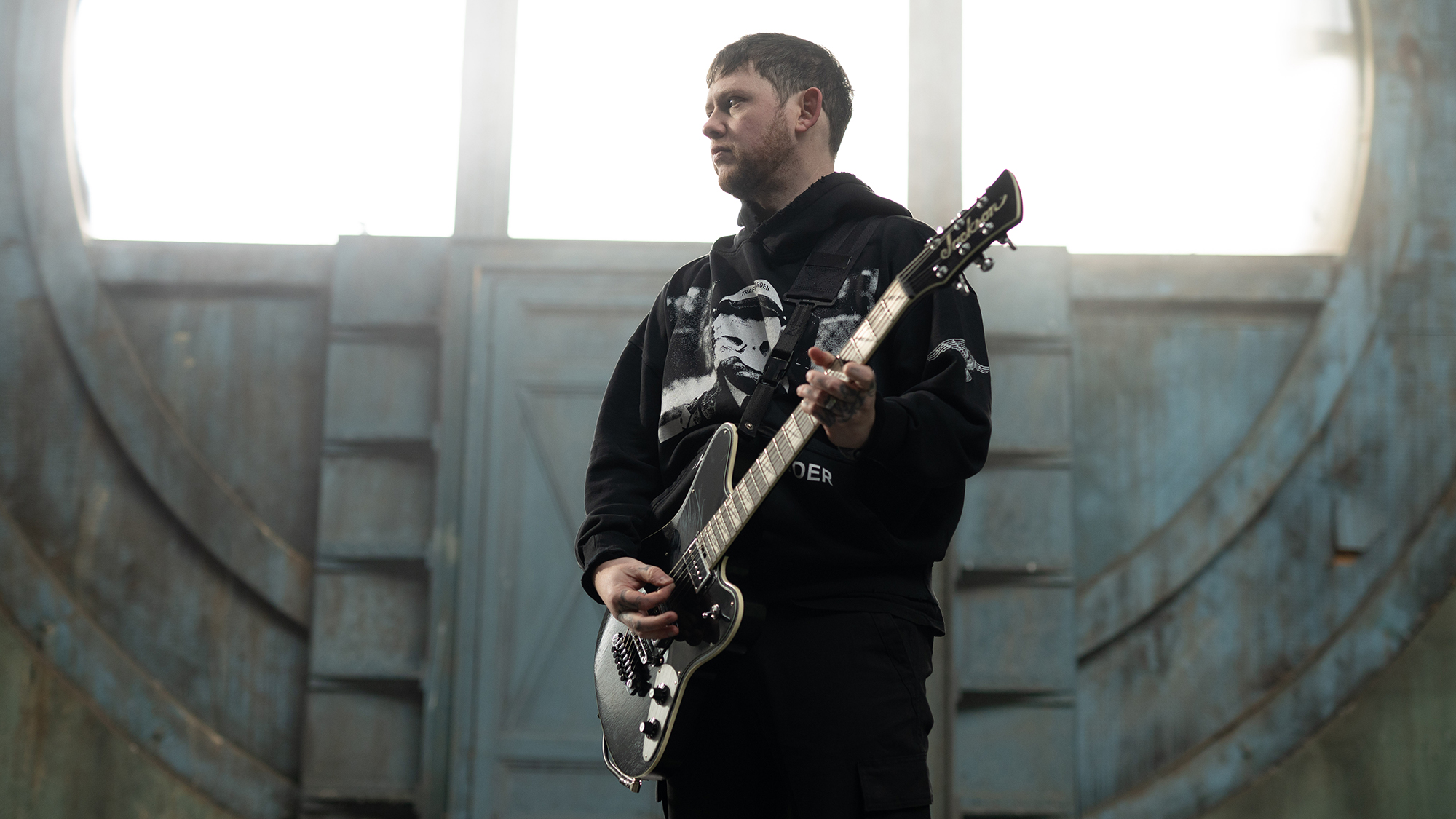“It took me a long time to feel confident about being the only guitar on stage. I always felt like I needed a rhythm guitar”: Brian May fought to add a rhythm guitarist to Queen in their early years – and several players would eventually grant his wish
While May got into the habit of playing lead and rhythm at the same time, he did sometimes get the extra helping hand he had envisioned – including from Freddie Mercury himself
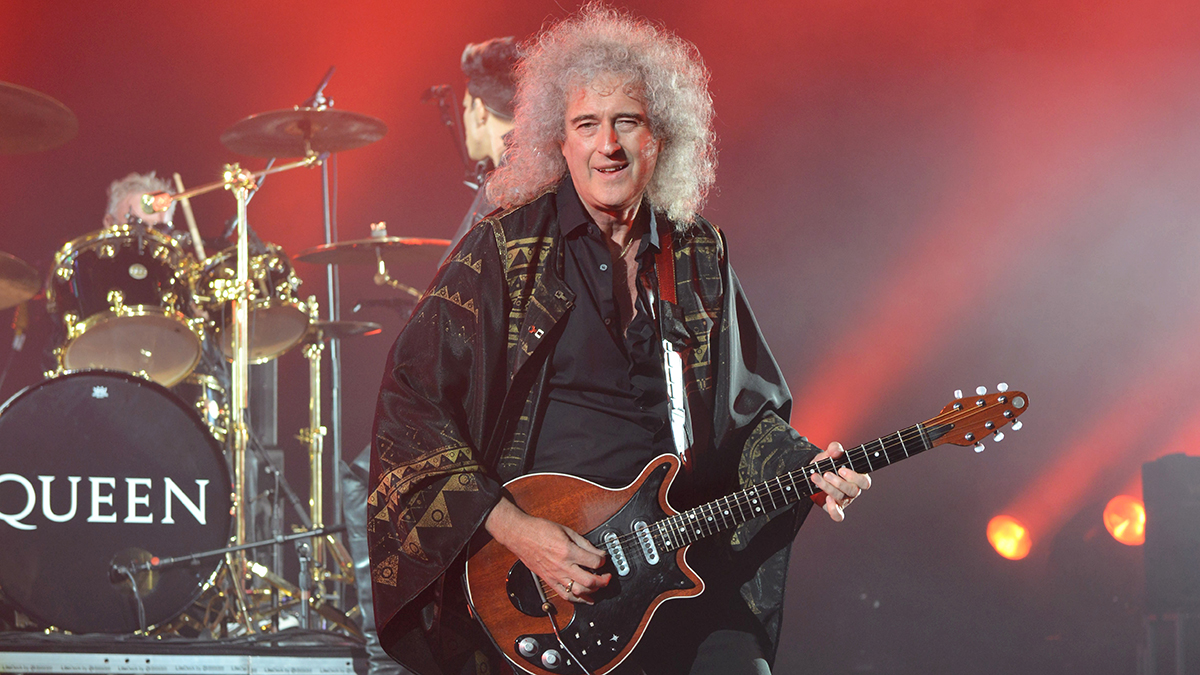
While Queen would go on to become one of history's most enduring live powerhouses (who can forget their Live Aid performance at Wembley Stadium?), Brian May recently revealed that he initially felt insecure about being the only guitarist in the band, and even campaigned for the inclusion of a rhythm guitarist in the band’s early days.
“There’s videos from the early days and I think we were pretty good,” he tells Guitarist. “Very early on, we arrived at this view that being a live act was not the same as the studio. Actually, it was simpler because there’s only four of us on stage and no overdubs.
“It took me a long time to feel confident about being the only guitar on stage. I always felt like I needed a rhythm guitar. But, gradually, I got into this habit of playing lead and rhythm at the same time – and I realized that nobody noticed the lack of it. So we had enough. You could fashion that live performance to make people feel they’d heard an orchestra.”
May's wish did come true in the mid-'80s, when Queen added Spike Edney to their touring lineup for the European leg of 1984's The Works tour.
While primarily a keyboardist, Edney contributed rhythm guitar to various tracks and continued playing with Queen at almost every show until the band stopped touring in 1986.
He later resumed his role, even joining May in The Brian May Band and returning as keyboardist for the Queen + Adam Lambert tours. In fact, he can be spotted supporting May on rhythm guitar during Hammer to Fall in Queen's Live at Wembley Stadium and Hungarian Rhapsody concert films.
Another rhythm guitarist May had the pleasure of adding to his lineup? Jamie Moses – who became Queen’s second guitarist from 1998 through 2009, as well as playing in The Brian May Band.
Get The Pick Newsletter
All the latest guitar news, interviews, lessons, reviews, deals and more, direct to your inbox!
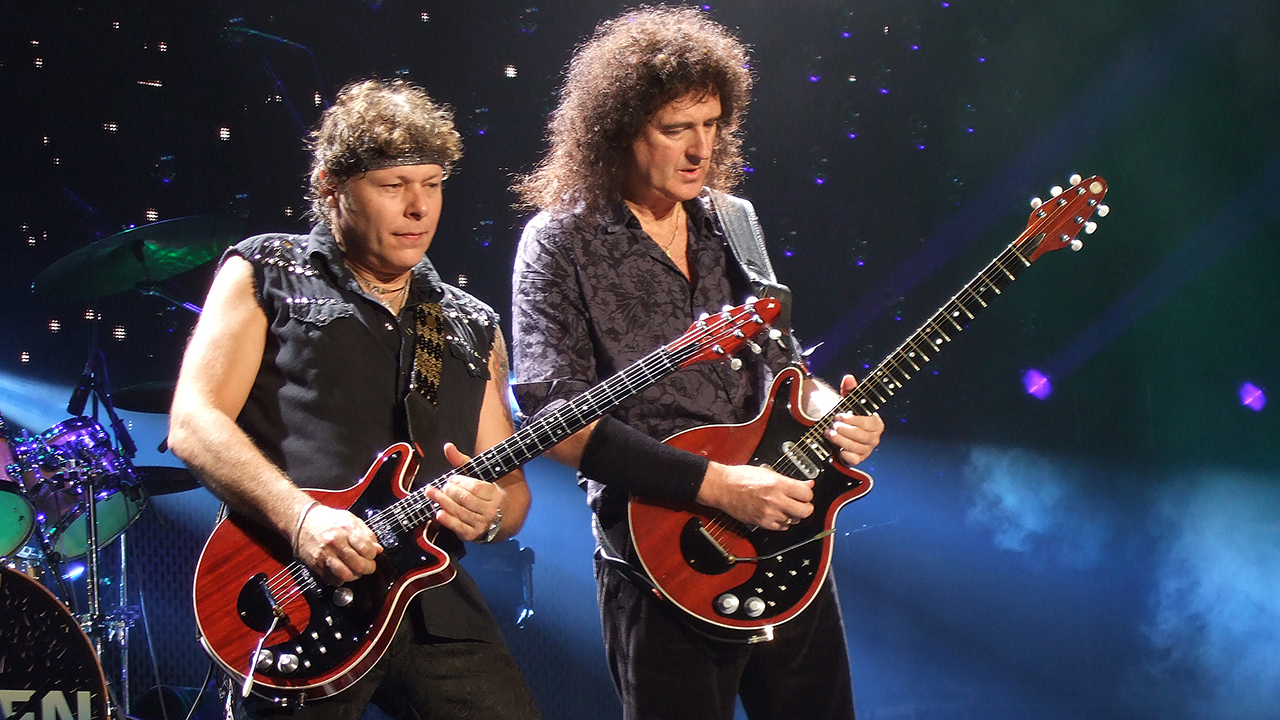
Speaking to Guitar World about how Edney played a role in him managing to clinch the highly coveted role, Moses said, “I met him at the Freddie Mercury tribute at Wembley while I was playing with Bob Geldof. My old mate, Spike Edney – who still plays keyboards with Queen – said, ‘Come on, we’ll introduce you to Brian…’ Within six months, he put the Brian May Band together; Spike called me up and I got the gig.”
And last but not least, Freddie Mercury himself did occasionally experiment with guitar. “He was very good on the guitar, very unorthodox – all downstrokes,” relayed May in a 2019 Guitar World interview. “He wrote the riff for Ogre Battle [from 1974’s Queen II].
“I used to play it with up- and downstrokes, but he was all downstrokes. Imagine how fast his right hand was moving! He played the rhythm on Crazy Little Thing Called Love [1979]. I wanted to sound as good as Freddie did on that record, which was damn good!”
For more from May, plus new interviews with Eric Johnson and Rosanne Cash, pick up issue 521 of Guitarist at Magazines Direct.
Janelle is a staff writer at GuitarWorld.com. After a long stint in classical music, Janelle discovered the joys of playing guitar in dingy venues at the age of 13 and has never looked back. Janelle has written extensively about the intersection of music and technology, and how this is shaping the future of the music industry. She also had the pleasure of interviewing Dream Wife, K.Flay, Yīn Yīn, and Black Honey, among others. When she's not writing, you'll find her creating layers of delicious audio lasagna with her art-rock/psych-punk band ĠENN.
You must confirm your public display name before commenting
Please logout and then login again, you will then be prompted to enter your display name.
“I suppose I felt that I deserved it for the amount of seriousness that I’d put into it. My head was huge!” “Clapton is God” graffiti made him a guitar legend when he was barely 20 – he says he was far from uncomfortable with the adulation at the time
“I was in a frenzy about it being trapped and burnt up. I knew I'd never be able to replace it”: After being pulled from the wreckage of a car crash, John Sykes ran back to his burning vehicle to save his beloved '76 Les Paul

